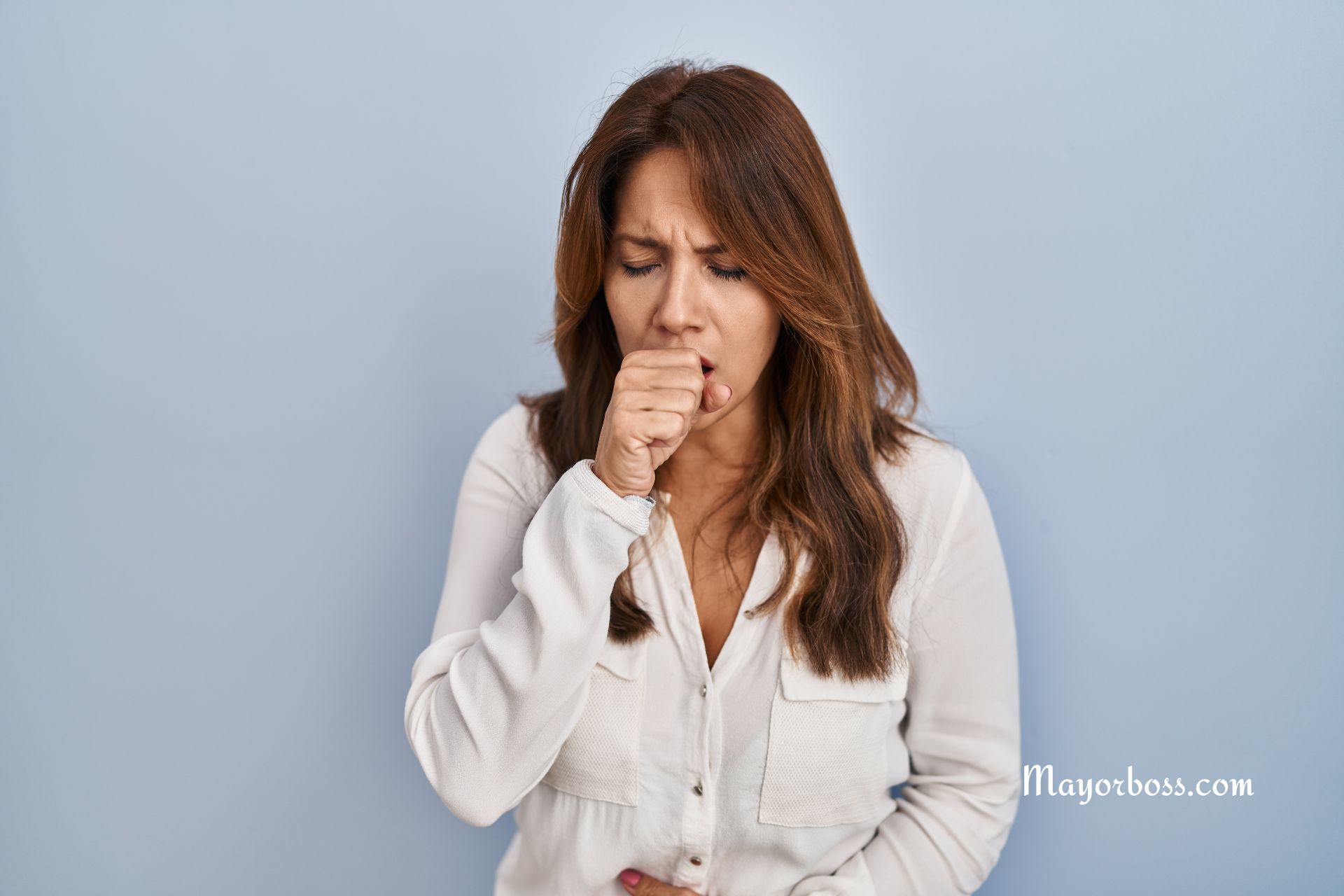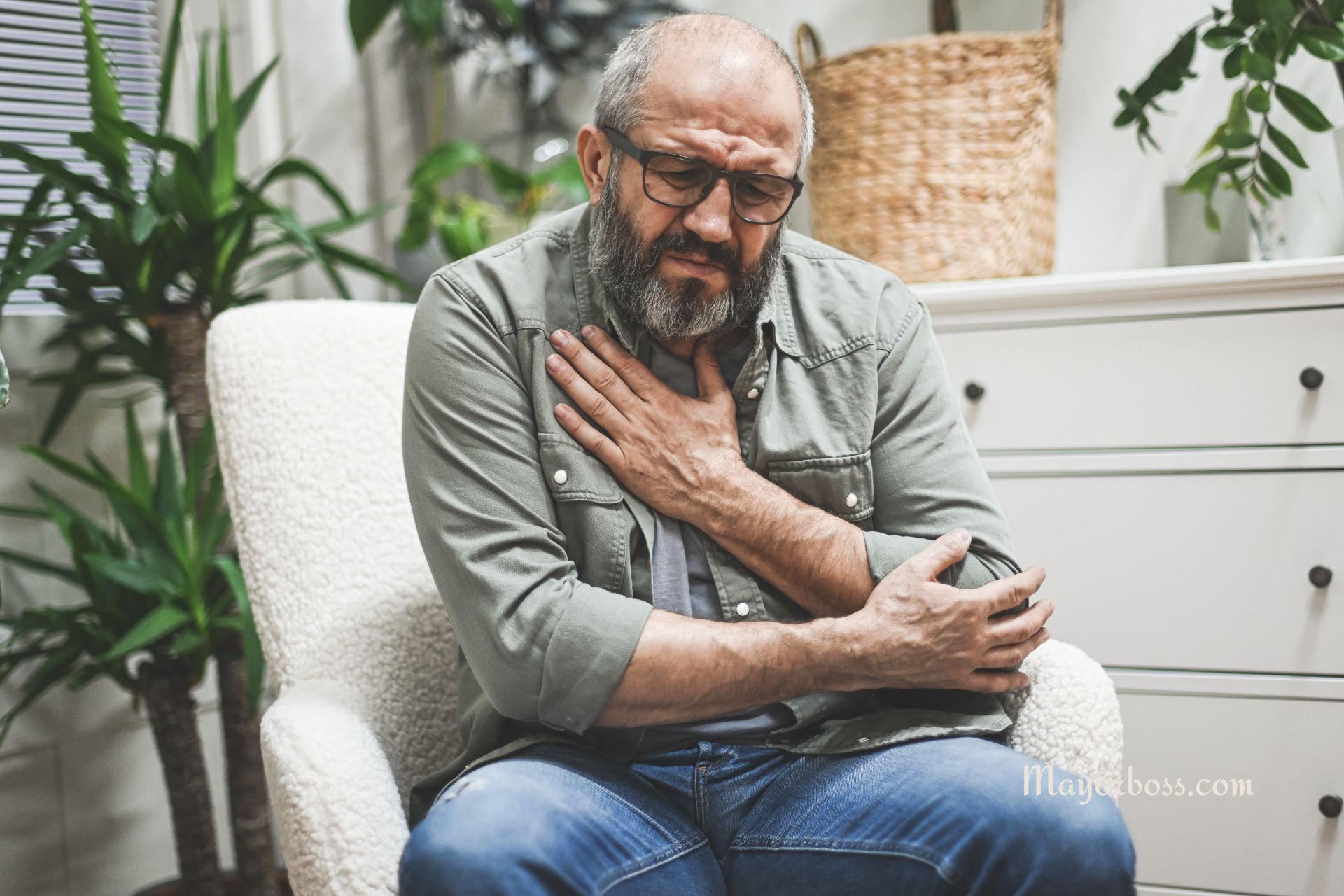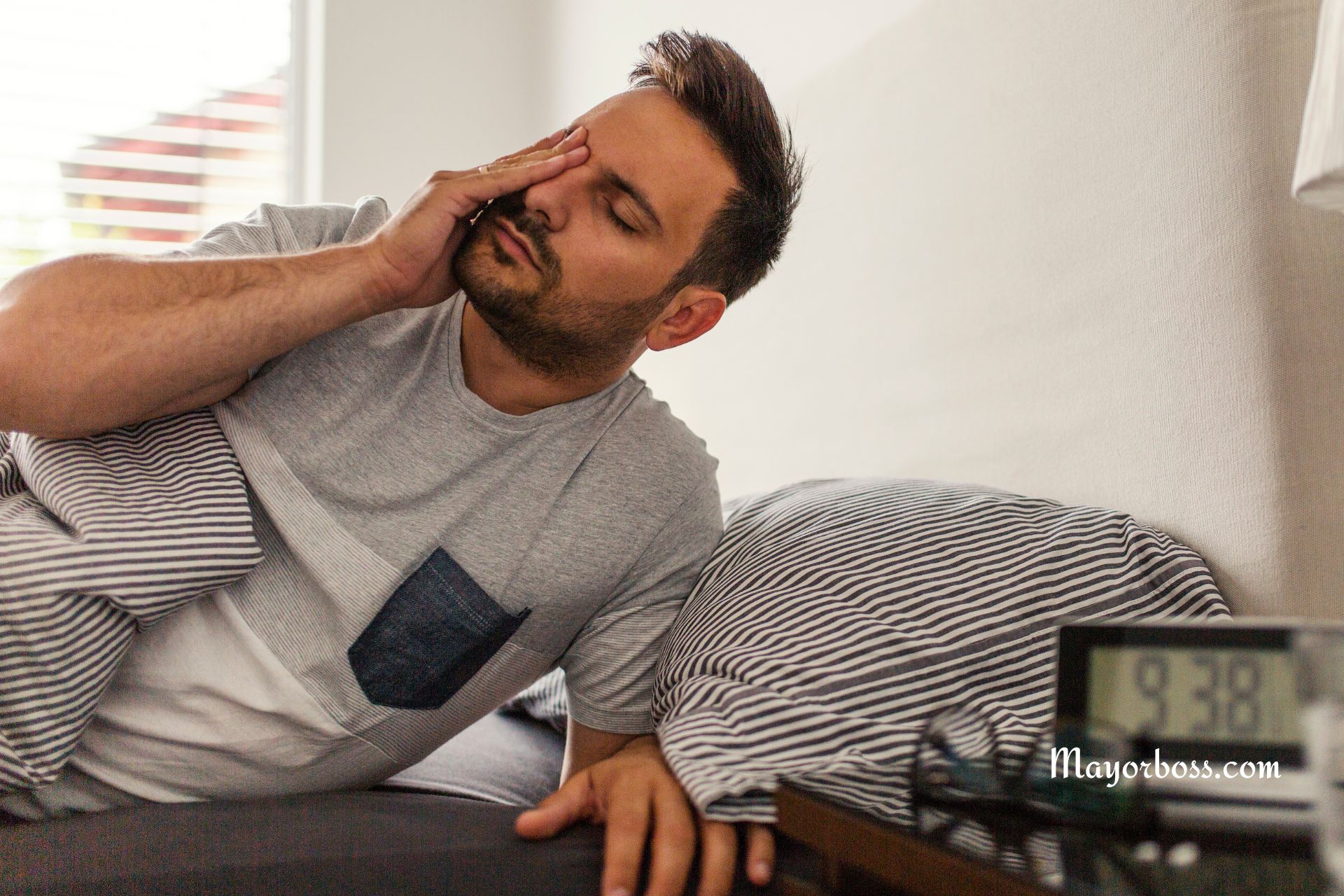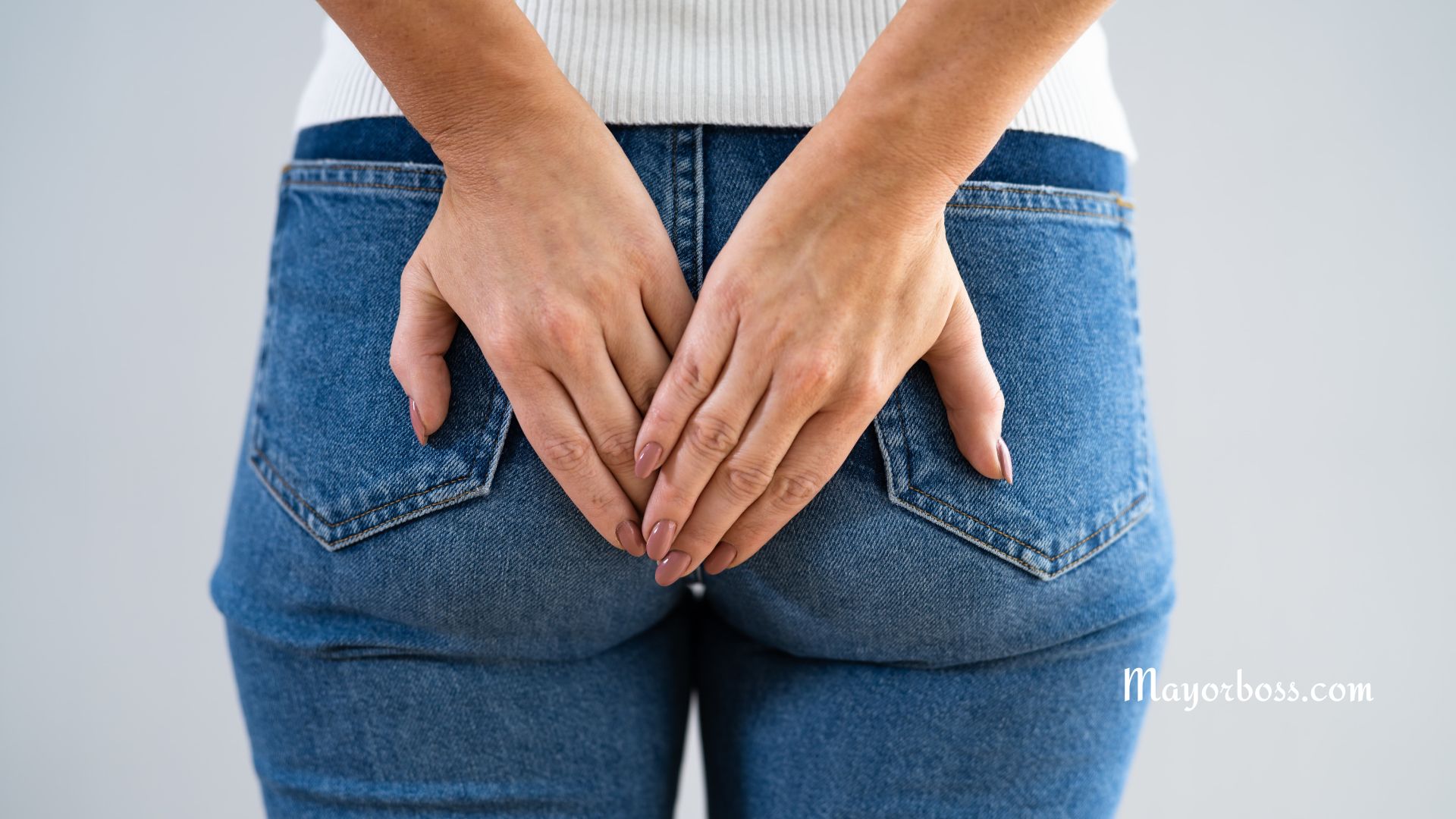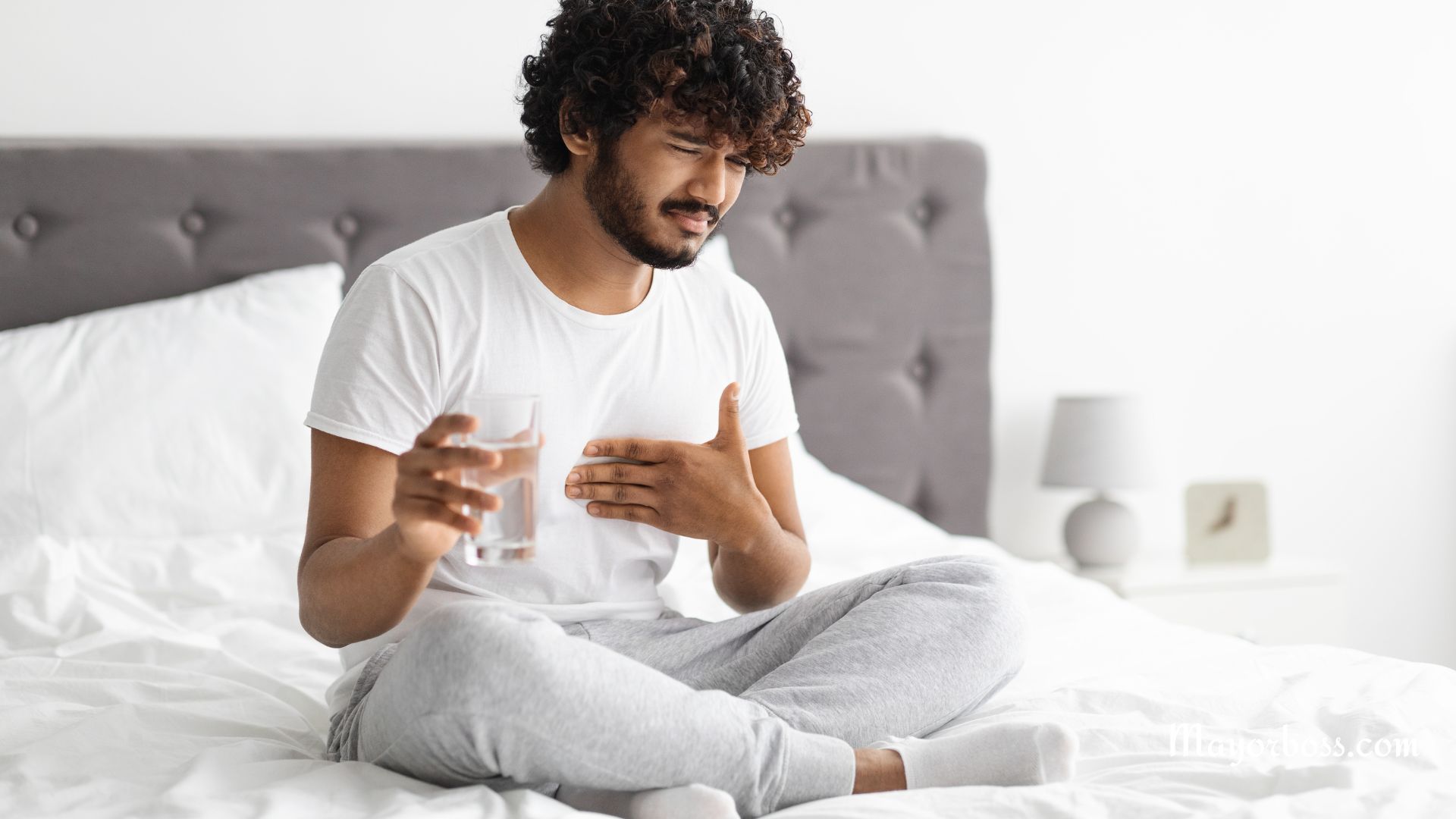7 Reasons Why Your Hips Hurt
Feeling a nagging ache in your hips? You’re not alone. Hip pain is a common complaint among patients of all ages. The good news is that understanding the reasons behind your hip pain can help you find relief. So let’s dive into the causes of hip pain, one by one, and explore what you can do to ease the discomfort.
1. Osteoarthritis
Osteoarthritis is a common cause of hip pain, especially as you age. This degenerative joint condition happens when the cartilage that cushions your hip joint wears down, leading to bone-on-bone contact. This can cause pain, stiffness, and limited mobility.
The best way to manage osteoarthritis is through a combination of medication, physical therapy, and low-impact exercises like swimming or cycling. In some cases, your doctor may recommend joint injections or even surgery to alleviate your pain and improve your quality of life.
2. Rheumatoid Arthritis (RA)
RA is an autoimmune disorder that can affect any joint, including the hips. It causes inflammation in the joint lining, which leads to pain, swelling, and stiffness. Over time, RA can damage the cartilage and bones, potentially leading to joint deformity.
3. Bursitis
Have you ever heard of bursae? They are fluid-filled sacs that cushion your joints, and sometimes, they can become inflamed. This condition, called bursitis, can cause hip pain and tenderness on the outside of your hip.
To treat bursitis, you may need to rest the affected joint and use over-the-counter pain relievers or anti-inflammatory medications. You might also benefit from physical therapy or gentle stretching exercises to improve your hip mobility and strength.
4. Hip Labral Tear
What is a labral tear? To put it simply, a hip labral tear is an injury to the ring of cartilage (labrum) that surrounds the outside rim of your hip joint socket. This type of injury can cause hip pain, stiffness, and a clicking or locking sensation in your joint.
Treatment for a hip labral tear can range from conservative measures, like physical therapy and pain medications, to more invasive options, such as surgery. Your doctor will help you determine the best course of action based on the severity of your injury.
5. Hip Fractures
Apparently, hip fractures are more common in older adults, especially those with osteoporosis. A fall or direct impact can cause the bone to break, leading to severe pain, swelling, and difficulty moving the affected leg. Hip fractures often require surgical intervention and a lengthy recovery process.
6. Iliotibial Band Syndrome
If you’re an avid runner, you may have encountered iliotibial band syndrome. This condition occurs when the iliotibial band – a thick band of tissue that runs from your hip to your shinbone – becomes tight or inflamed. This can cause pain on the outside of your hip or knee.
To treat iliotibial band syndrome, try stretching exercises and foam rolling to help release tension in the affected area. You may also need to modify your exercise routine or work with a physical therapist to address any underlying issues that may be contributing to your pain.
7. Hip Strain
Hip strains occur when the muscles or tendons in the hip area are stretched or torn, usually as a result of overexertion, sudden movements, or direct impact. This can happen during sports, exercise, or even daily activities. Common symptoms of a hip strain include pain, swelling, and difficulty moving the affected hip.
To treat a hip strain, your doctor may recommend rest, ice, compression, and elevation (RICE) to reduce swelling in the area. You’ll also likely need to take it easy for a few days or weeks, depending on the severity of your injury. Strengthening exercises can help you recover more quickly and prevent future strains.
When to Seek Medical Help
Don’t let hip pain hold you back. If you’re experiencing persistent or worsening hip pain, it’s important to consult with a healthcare professional.


